Demystifying OOH Advertising: A Comprehensive Guide

OOH advertising, also known as out-of-home advertising, has become an integral part of the modern marketing landscape. With the increasing prevalence of digital media, OOH offers a unique and creative way to engage with audiences.
In today’s fast-paced world, consumers are constantly bombarded with advertisements on their screens. OOH advertising provides a refreshing break from this digital saturation by reaching consumers in high-traffic public spaces. Whether it’s billboards on busy highways or eye-catching street furniture in urban areas, out-of-home advertising allows brands to make a lasting impression on a large audience.
To drive success in OOH advertising, purposeful and strategic campaigns are crucial. This means understanding the target audience, crafting compelling messages, and utilizing innovative techniques to stand out from the crowd. In this comprehensive guide, we will explore various types of OOH advertising and provide real-life examples to showcase their effectiveness.
So, get ready to dive into the world of OOH advertising and discover how this dynamic form of marketing can help your brand capture attention, engage consumers, and leave a lasting impact. Let’s explore the possibilities together!
Understanding OOH Advertising
Out-of-home advertising is an essential component of any comprehensive marketing strategy. But what exactly is OOH advertising? Simply put, it refers to any form of advertising that reaches consumers while they are outside their homes. It encompasses a wide range of formats, from billboards on highways to ads on buses and trains, and even digital screens in shopping malls or airports.
One of the key characteristics of OOH advertising is its ability to reach a large audience in high-traffic public spaces. Unlike other forms of advertising that can be easily skipped or ignored, OOH advertisements are strategically placed where people are likely to spend significant time. Think about it – how many times have you found yourself staring at a billboard while waiting at a traffic signal?
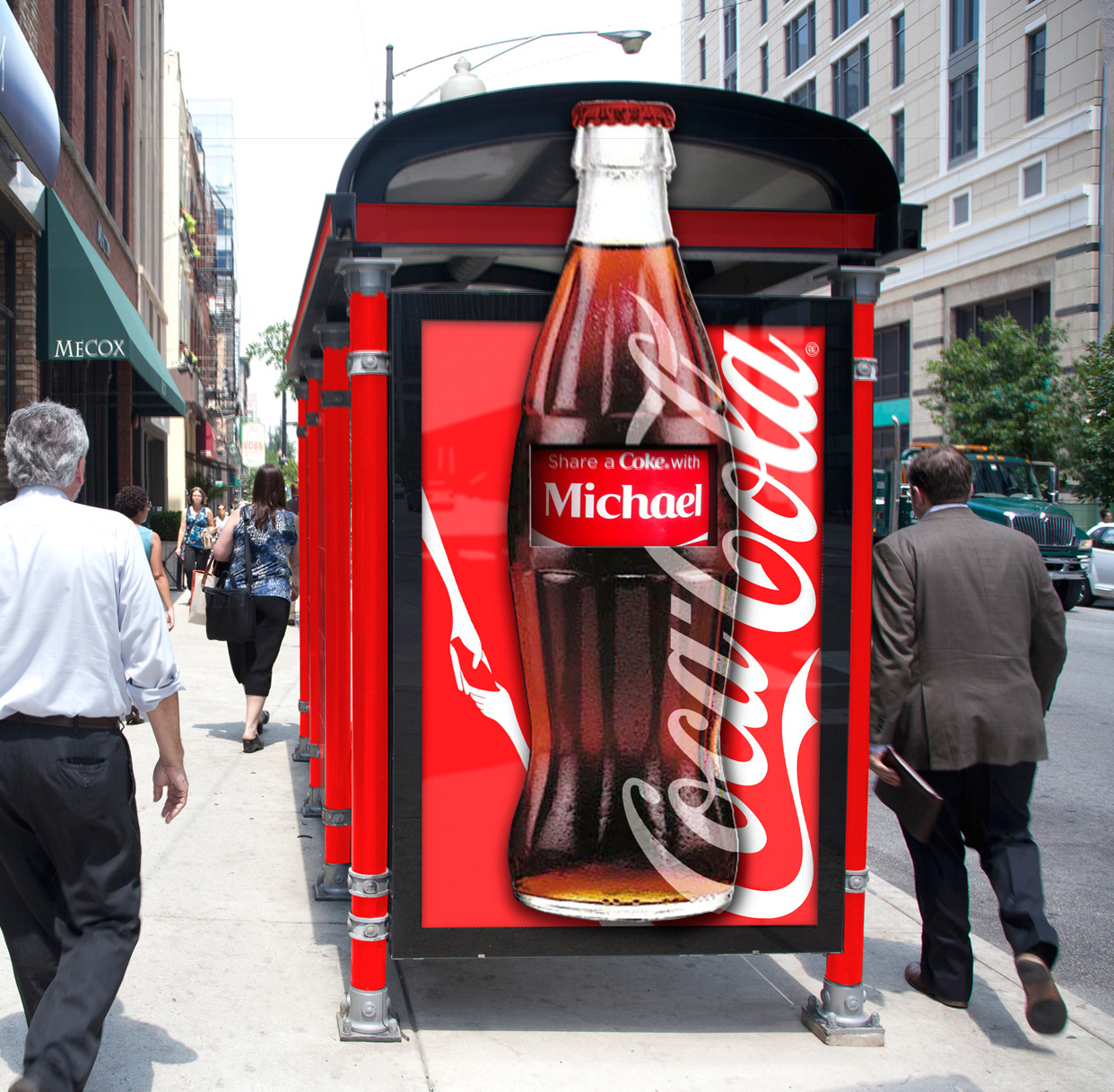
The “Share a Coke” campaign stands as a shining example of the power of OOH advertising in creating not just brand awareness, but genuine emotional connections with consumers. With its ingenious use of personalized labels on Coca-Cola bottles, this campaign turned OOH platforms like billboards, bus stops, and transit ads into mediums of personalization and engagement.
By featuring common first names and terms of endearment on the labels, Coca-Cola transformed static OOH spaces into dynamic points of interaction. Passersby encountered their own names and those of loved ones, sparking a sense of personal relevance and evoking a desire to share that experience.
This campaign demonstrated how OOH advertising, even in its traditional forms, can seamlessly integrate technology, data, and personalization to amplify its impact. The “Share a Coke” campaign serves as a testament to how OOH advertising can transcend its physical limitations and foster genuine emotional connections between brands and consumers on a grand scale.
Types of OOH Advertising
Traditional forms of OOH advertising include billboards, transit ads, and street furniture.
- Billboards, those larger-than-life structures that dominate highways and city skylines, offer excellent visibility to a wide audience. They provide an opportunity for businesses to display their brand or message prominently, capturing attention and leaving a lasting impression on passersby.
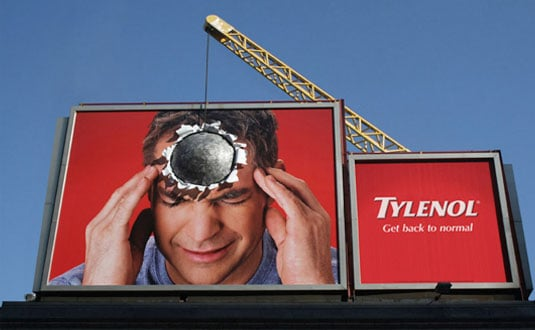
- Transit ads, on the other hand, take advantage of the constant movement in urban areas. Placing advertisements on buses, trains, and taxis allows businesses to reach commuters during their daily travels. With millions of people using public transportation every day, this form of OOH advertising ensures widespread exposure.
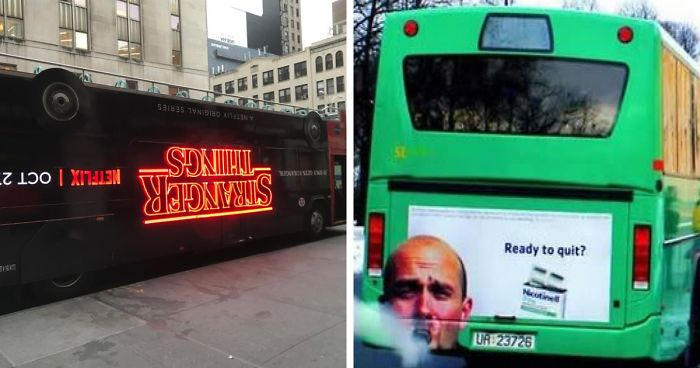
- Street furniture such as bus shelters, kiosks, and benches also offer prime advertising space. These strategically placed structures allow businesses to engage with pedestrians in high-traffic areas while providing convenience and utility.
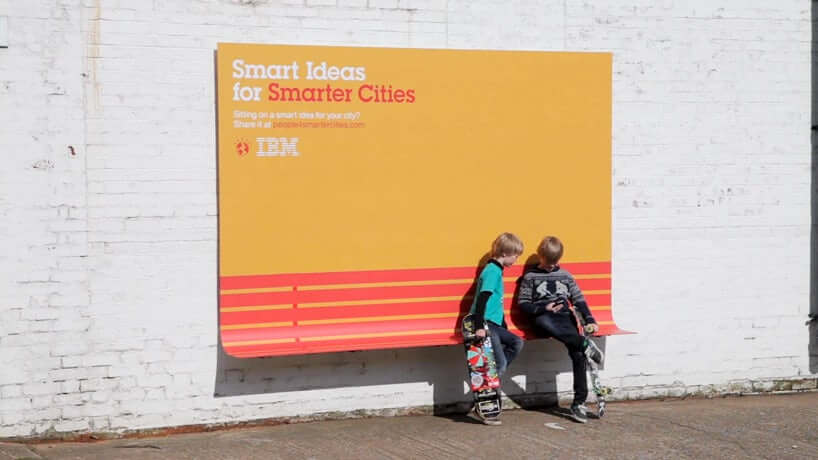
- In addition to traditional forms, digital OOH advertising has gained popularity in recent years for its ability to deliver dynamic content and capture attention. Digital billboards can showcase multiple ads in rotation, allowing for increased flexibility and customization. These eye-catching displays enable businesses to maximize their impact by delivering targeted messages at specific times or locations.
An excellent example of a digital OOH advertising campaign is McDonald’s weather-based advertisement. By utilizing real-time data on temperature, McDonald’s designed advertisements promoting seasonal drinks that changed depending on the weather conditions. This dynamic approach not only captured attention but also created a sense of relevance and urgency among consumers.
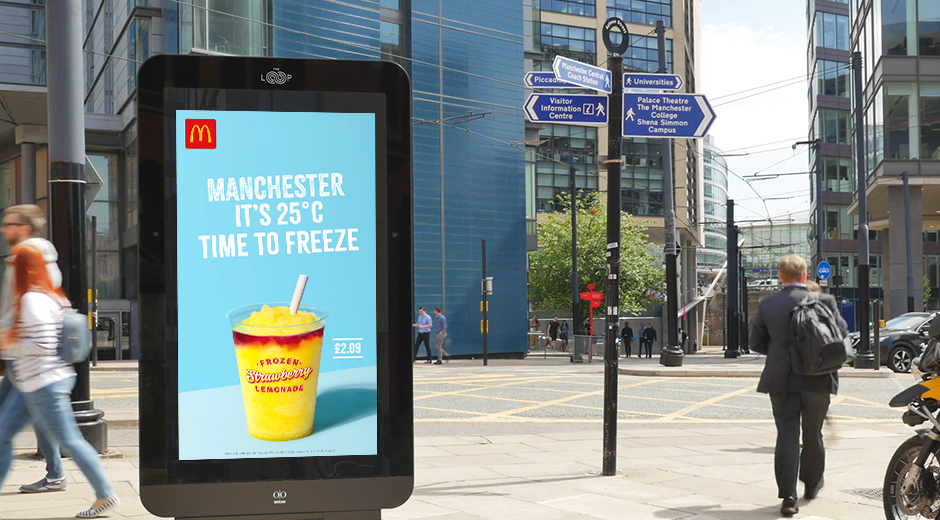
With both traditional and digital OOH advertising options available, businesses have the freedom to choose the types of OOH advertising that align best with their marketing goals and target audience. Whether it’s a towering billboard on a busy highway or an interactive digital display in a city center, OOH advertising offers versatility and impact that can’t be ignored.
Crafting Compelling Messages
When it comes to OOH advertising, one of the most critical aspects is crafting messages and creating content that captures attention and leaves a lasting impression. In a world filled with constant distractions, it’s essential to create concise, powerful, and memorable content that resonates with your target audience.
To make the most impact with your OOH campaign, your messaging should be clear, concise, and clever. A successful OOH ad relies on capturing attention in a split second and delivering a strong message that sticks in the viewer’s mind. Take Nike’s iconic “Just Do It” campaign, for example. With just three words, they created a cultural phenomenon that encapsulated their brand ethos and inspired millions around the world.
Another key component of crafting compelling messages in OOH advertising is the use of creative slogans or catchphrases. These short phrases can quickly communicate your brand’s value proposition and engage viewers on an emotional level. Think about McDonald’s famous “I’m Lovin’ It” jingle or Apple’s simple yet impactful “Think Different” slogan. These slogans became synonymous with their respective brands and helped create a strong brand identity.
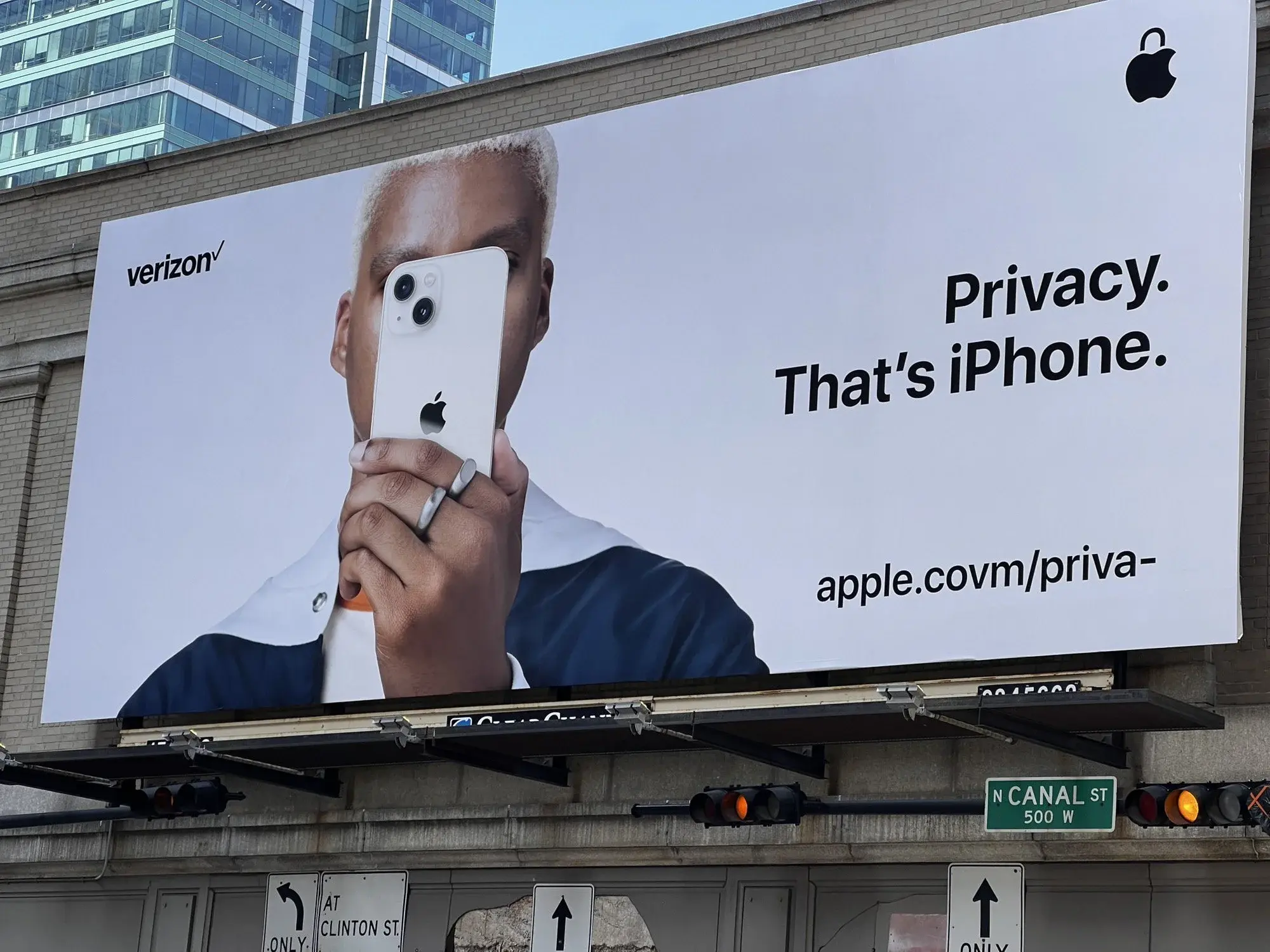
By using well-crafted messages, OOH advertisements have the power to become more than just marketing; they can become part of popular culture. The key is to find the perfect balance between being informative, entertaining, and thought-provoking. When done right, OOH campaigns can spark conversations and create buzz around your brand.
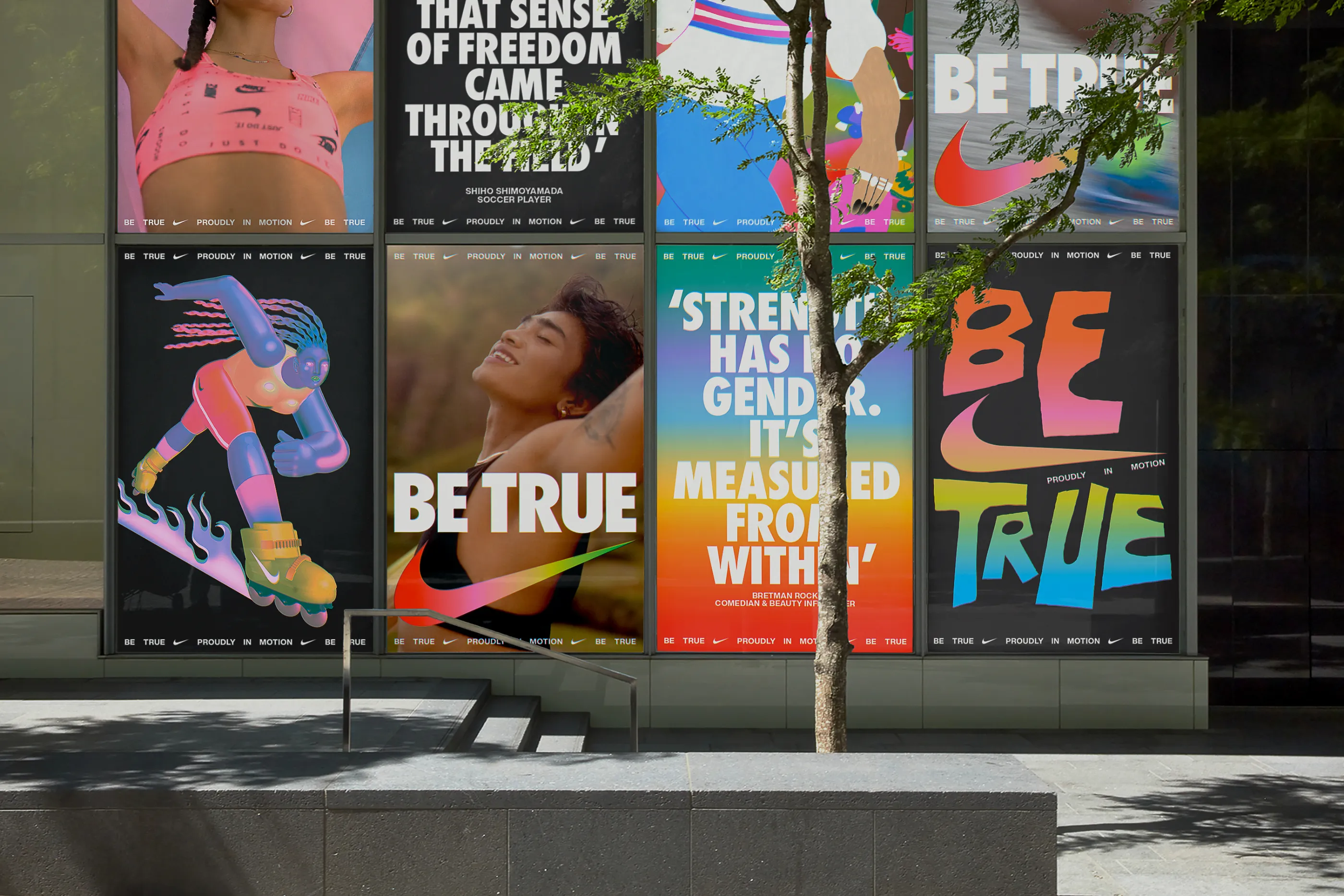
Targeting Specific Audiences
When it comes to OOH advertising, one size definitely does not fit all. In order to make a real impact, your message needs to reach the right people at the right time. That’s where targeting specific audiences comes into play. By harnessing the power of data-driven insights, advertisers can tailor their OOH campaigns to resonate with their intended demographic.
Gone are the days of blindly casting a wide net and hoping for the best. With advancements in technology, advertisers now have access to valuable consumer data that can inform their OOH strategies. By analyzing factors such as age, gender, location, and interests, marketers can create highly targeted campaigns that speak directly to their desired audience.
Facial Analytics
One exciting tool in the arsenal of OOH advertising is facial analytics technology. By using sophisticated cameras and algorithms, advertisers can gather real-time data on viewer demographics. This allows them to dynamically alter their messaging based on who is looking at the advertisement. For example, imagine a cosmetics brand that uses facial analytics to display different products based on the age and gender of the viewer. This personalized approach not only captures attention but also increases the chances of conversion.
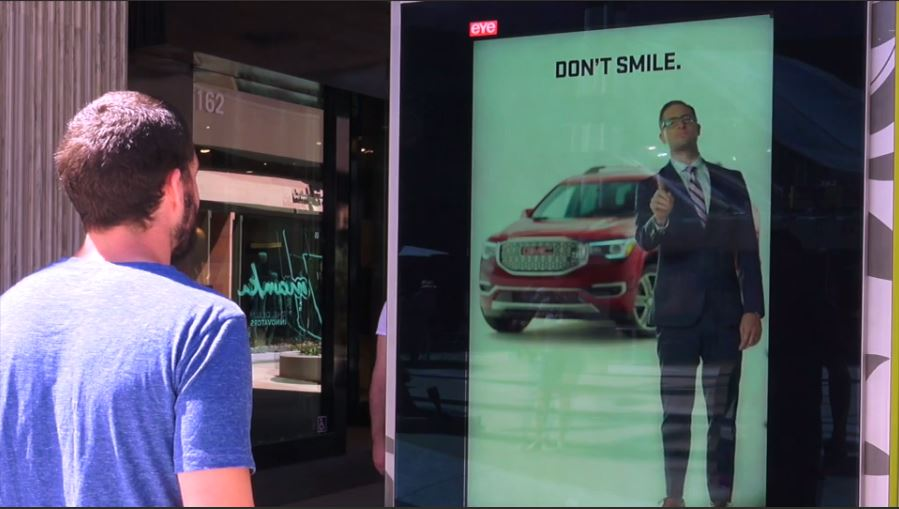
GMC, a leading automaker, took targeting to a whole new level with their innovative OOH campaign. They combined facial analytics with proximity-based marketing to deliver targeted video ads to viewers near their dealerships. The campaign used cameras installed in digital OOH advertising billboards to detect viewer demographics and proximity sensors to trigger personalized messages. As a result, GMC saw increased engagement and brand awareness among their target audience.
By leveraging data-driven insights and cutting-edge technology like facial analytics, marketers can ensure that their OOH campaigns are hitting the mark. Targeting specific audiences leads to higher engagement rates and ultimately boosts ROI.
Integrating OOH with Digital Marketing
When it comes to advertising, integration is the name of the game. And that’s exactly what happens when out-of-home advertising teams up with digital marketing strategies. By combining the power of OOH with the precision of digital targeting, brands can create a dynamic and impactful campaign that reaches their audience at every touchpoint.
One of the key benefits of integrating OOH advertising with digital marketing is the ability to leverage geo-targeting. By using location-based data, brands can deliver customized messages to consumers based on their specific location, ensuring their ads are relevant and engaging. Imagine walking through a busy shopping district and seeing an OOH ad for your favorite clothing brand, along with a personalized offer on your smartphone. It’s like magic!
Spotify, the popular music streaming platform, utilized this strategy to create a memorable OOH campaign. They analyzed user data to understand their listeners’ preferences and then used geolocation technology to display dynamic ads on billboards and transit screens in various cities. Passersby were captivated as they saw their favorite songs and artists displayed prominently, creating a sense of connection and sparking conversations.
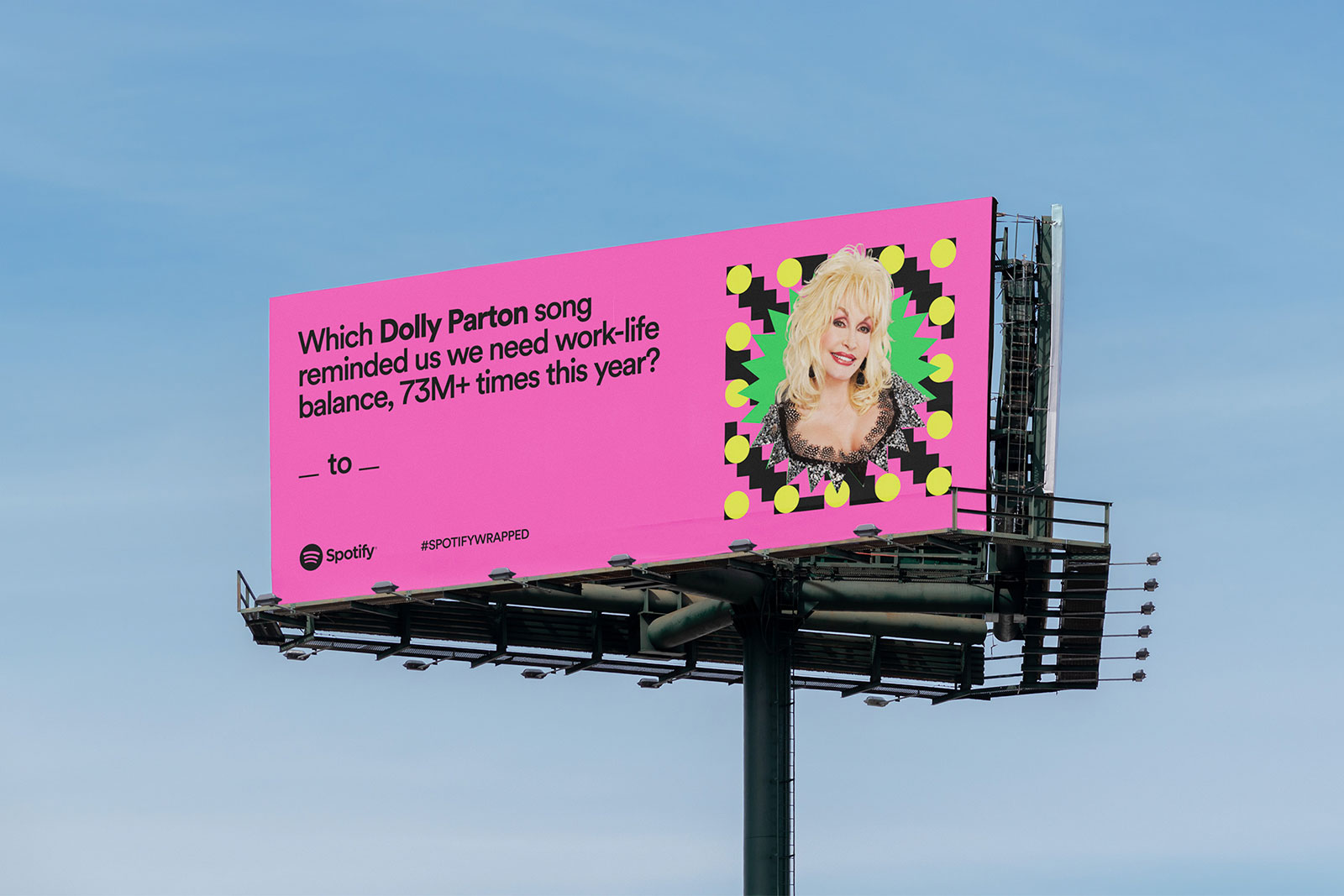
Integrating OOH with digital marketing also allows for seamless omnichannel experiences. Brands can extend their campaign beyond the physical world by incorporating interactive elements such as QR codes or social media hashtags in their OOH ads. This encourages consumers to engage further online, amplifying the reach and impact of the campaign.
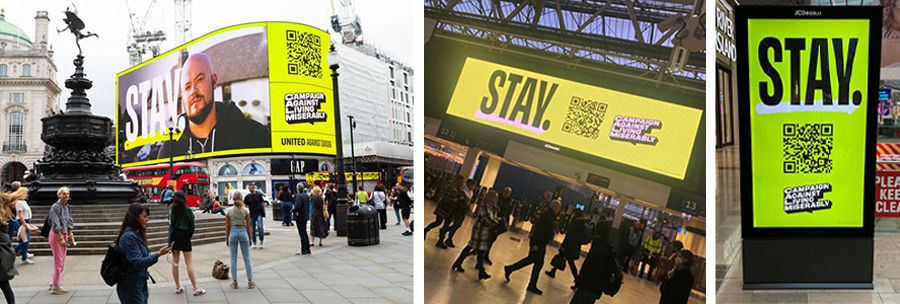
Measuring Success and ROI
Measuring the success and return on investment (ROI) of OOH advertising can be a challenging task. Unlike digital marketing, where metrics like click-through rates and conversions can be easily tracked, OOH advertising requires a more nuanced approach. However, with the right strategies and tools, it is possible to evaluate the impact and effectiveness of your campaigns.
One method of measuring OOH advertising success is through footfall tracking. By analyzing the number of people who visit a physical location after being exposed to an OOH ad, marketers can gain insights into the campaign’s reach and effectiveness. This data can be collected using technologies like GPS tracking or beacons placed at strategic locations.
Surveys are another valuable tool for measuring the impact of OOH advertising. By conducting targeted surveys with specific demographics, marketers can assess brand awareness, recall, and consumer sentiment. These surveys can provide valuable feedback on the effectiveness of your messaging and overall campaign strategy.
Online engagement metrics also play a role in measuring the success of OOH advertising. Tracking social media mentions, hashtag usage, and website visits that can be attributed to an OOH campaign can help determine its reach and influence on online audiences.
To illustrate the power of effective measurement in OOH advertising, let’s take a look at Absolut Vodka’s campaign. By leveraging beacon technology placed in selected bars and clubs, Absolut was able to track consumer behavior and measure their engagement with the brand. This data allowed them to optimize their future campaigns based on real-time insights.
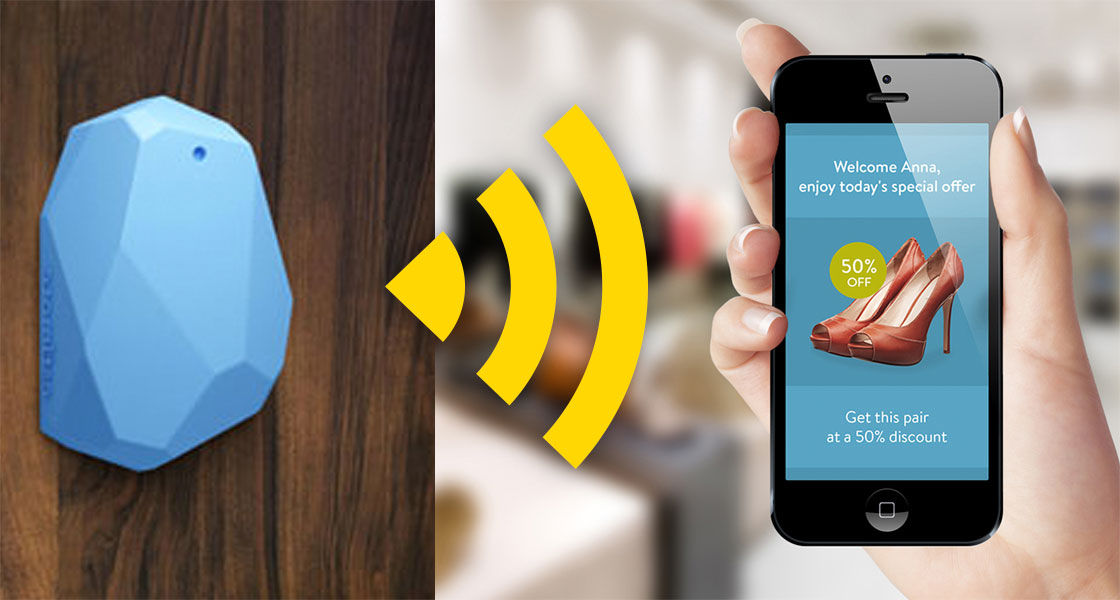
While measuring ROI in OOH advertising may not be as straightforward as other marketing channels, it is crucial to evaluate its impact to ensure you are getting the most out of your investment. By utilizing technologies like footfall tracking, surveys, and online engagement metrics, you can gain valuable insights into the success of your OOH campaigns.
In conclusion, OOH advertising, also known as Out Of Home Advertising, is a powerful tool that cannot be ignored in today’s marketing landscape. Its ability to reach a large audience in high-traffic public spaces makes it a valuable strategy for brands looking to make an impact.
By understanding the different types of OOH advertising, such as billboards, transit ads, and digital OOH, marketers can craft compelling messages that resonate with their target audience. Integrating OOH with digital marketing strategies further enhances the effectiveness of campaigns by utilizing geo-targeting and personalized content.
While measuring success and ROI can pose challenges, innovative methods like footfall tracking and online engagement metrics can provide valuable insights. By embracing creativity, targeting specific demographics, and integrating OOH with digital marketing, brands can achieve powerful results with their advertising campaigns.
Latest Blogs
Explore how Google’s 2025 AI search updates triggered ranking chaos. Learn actionable strategies to adapt your SEO for AI Overviews, zero-click searches, and SERP volatility. Stay ahead now.
Learn how to rank on AI search engines like ChatGPT, Perplexity, and Gemini by optimizing your content for authority, structure, and relevance. Stay ahead in AI-driven search with this strategic guide.
Explore the best healthcare SEO services for your medical practice. Improve online visibility and effectively reach more patients in need of your services.
Get your hands on the latest news!
Similar Posts

Demand Generation
8 mins read
Mastering the Art of Building an Effective Content Marketing Funnel in 2024

Demand Generation
6 mins read
Fueling Demand Generation: How Buyer Personas Catapult Your Content Marketing Strategy

Demand Generation
8 mins read